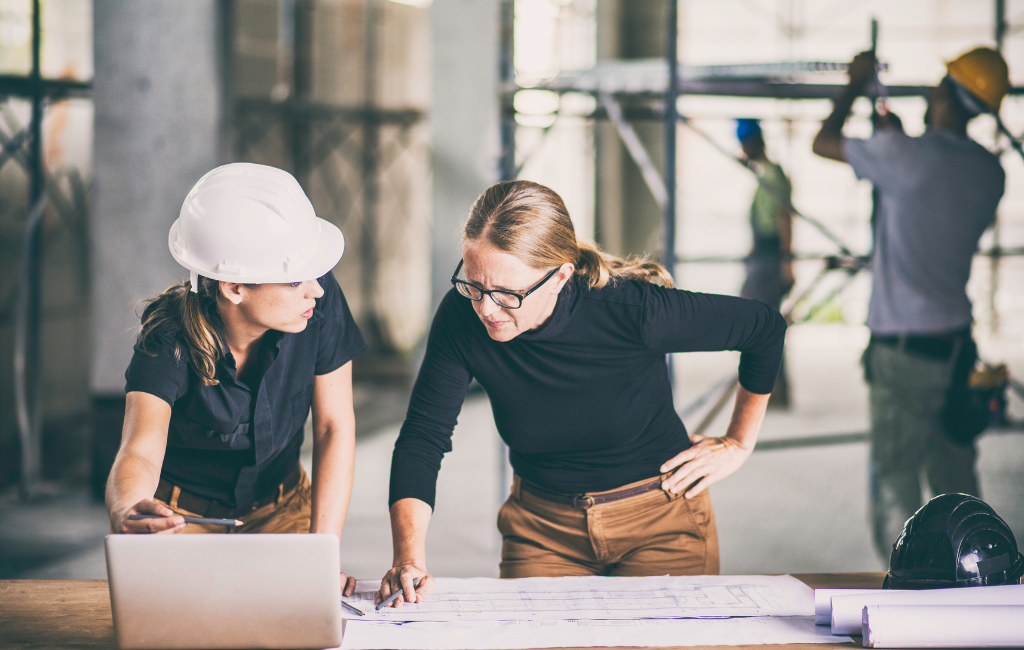Architect Unleashed: Designing Spaces That Inspire
Architecture has always been a reflection of human civilization, embodying the cultural, social, and technological advancements of its time. The role of an architect extends beyond mere construction; it involves creating spaces that inspire, evoke emotions, and enhance the quality of life. This article explores the principles and practices that enable architects to design such transformative spaces.
The Philosophy of Inspirational Architecture
Inspirational architecture is rooted in a deep understanding of human needs and aspirations. It transcends functionality to create environments that resonate with people on an emotional level. This philosophy can be broken down into several key elements:
- Human-Centric Design: Prioritizing the needs and experiences of the people who will use the space.
- Sustainability: Incorporating eco-friendly materials and practices to minimize environmental impact.
- Innovation: Embracing new technologies and creative solutions to push the boundaries of design.
- Contextual Sensitivity: Ensuring that the design harmonizes with its surroundings and cultural context.
Case Study: The High Line, New York City
The High Line in New York City is a prime example of inspirational architecture. This elevated park, built on a disused railway track, has transformed an industrial relic into a vibrant public space. The design prioritizes pedestrian experience, integrates native plant species, and offers stunning views of the city. The High Line has not only revitalized the surrounding neighborhoods but has also become a beloved urban oasis.
Principles of Human-Centric Design
Human-centric design places the user at the heart of the architectural process. This approach involves understanding the physical, psychological, and social needs of the occupants. Key principles include:
- Accessibility: Ensuring that spaces are usable by people of all abilities.
- Comfort: Creating environments that are physically and emotionally comfortable.
- Flexibility: Designing spaces that can adapt to changing needs and uses.
- Engagement: Encouraging interaction and community through thoughtful design.
Example: The Salk Institute, La Jolla, California
The Salk Institute, designed by Louis Kahn, exemplifies human-centric design. The layout fosters collaboration among scientists, with open courtyards and communal spaces. The use of natural light and materials creates a serene and inspiring environment, conducive to research and innovation.
Sustainability in Modern Architecture
Sustainability is a cornerstone of contemporary architecture. It involves designing buildings that are energy-efficient, use sustainable materials, and have a minimal environmental footprint. Key strategies include:
- Passive Design: Utilizing natural light, ventilation, and thermal mass to reduce energy consumption.
- Green Materials: Using recycled, renewable, and low-impact materials.
- Water Efficiency: Implementing systems to reduce water use and manage stormwater.
- Renewable Energy: Incorporating solar panels, wind turbines, and other renewable energy sources.
Case Study: Bosco Verticale, Milan
Bosco Verticale, or Vertical Forest, in Milan is a striking example of sustainable architecture. These residential towers are covered in thousands of trees and plants, which help to improve air quality, reduce energy consumption, and provide a habitat for wildlife. The project demonstrates how urban living can be harmonized with nature.
Innovation in Architectural Design
Innovation drives the evolution of architecture, enabling the creation of groundbreaking designs that challenge conventional norms. This can involve the use of cutting-edge materials, advanced construction techniques, and digital technologies. Key areas of innovation include:
- Parametric Design: Using algorithms to generate complex and efficient forms.
- 3D Printing: Creating building components with precision and reduced waste.
- Smart Buildings: Integrating IoT and automation for enhanced functionality and efficiency.
- Biomimicry: Drawing inspiration from nature to solve design challenges.
Example: The Eden Project, Cornwall, UK
The Eden Project showcases innovation in architecture through its use of geodesic domes to create a series of biomes. These structures house diverse plant species from around the world, providing a unique educational and recreational experience. The design leverages advanced materials and construction techniques to create a sustainable and visually stunning environment.
Contextual Sensitivity in Design
Contextual sensitivity involves designing buildings that respect and enhance their surroundings. This can mean blending with the natural landscape, reflecting local culture, or preserving historical elements. Key considerations include:
- Site Analysis: Understanding the physical and cultural context of the site.
- Material Selection: Using materials that complement the local environment.
- Scale and Proportion: Ensuring that the building fits harmoniously within its context.
- Community Engagement: Involving local stakeholders in the design process.
Case Study: The Louvre Abu Dhabi
The Louvre Abu Dhabi, designed by Jean Nouvel, exemplifies contextual sensitivity. The museum’s design draws inspiration from traditional Arabic architecture, with a perforated dome that creates a “rain of light” effect. The building integrates seamlessly with its waterfront location, creating a serene and contemplative space for art and culture.
Conclusion
Designing spaces that inspire requires a holistic approach that balances functionality, aesthetics, and sustainability. By prioritizing human-centric design, embracing innovation, and respecting contextual sensitivity, architects can create environments that not only meet practical needs but also uplift the human spirit. The examples and case studies discussed in this article highlight the transformative power of architecture when these principles are applied thoughtfully and creatively.
